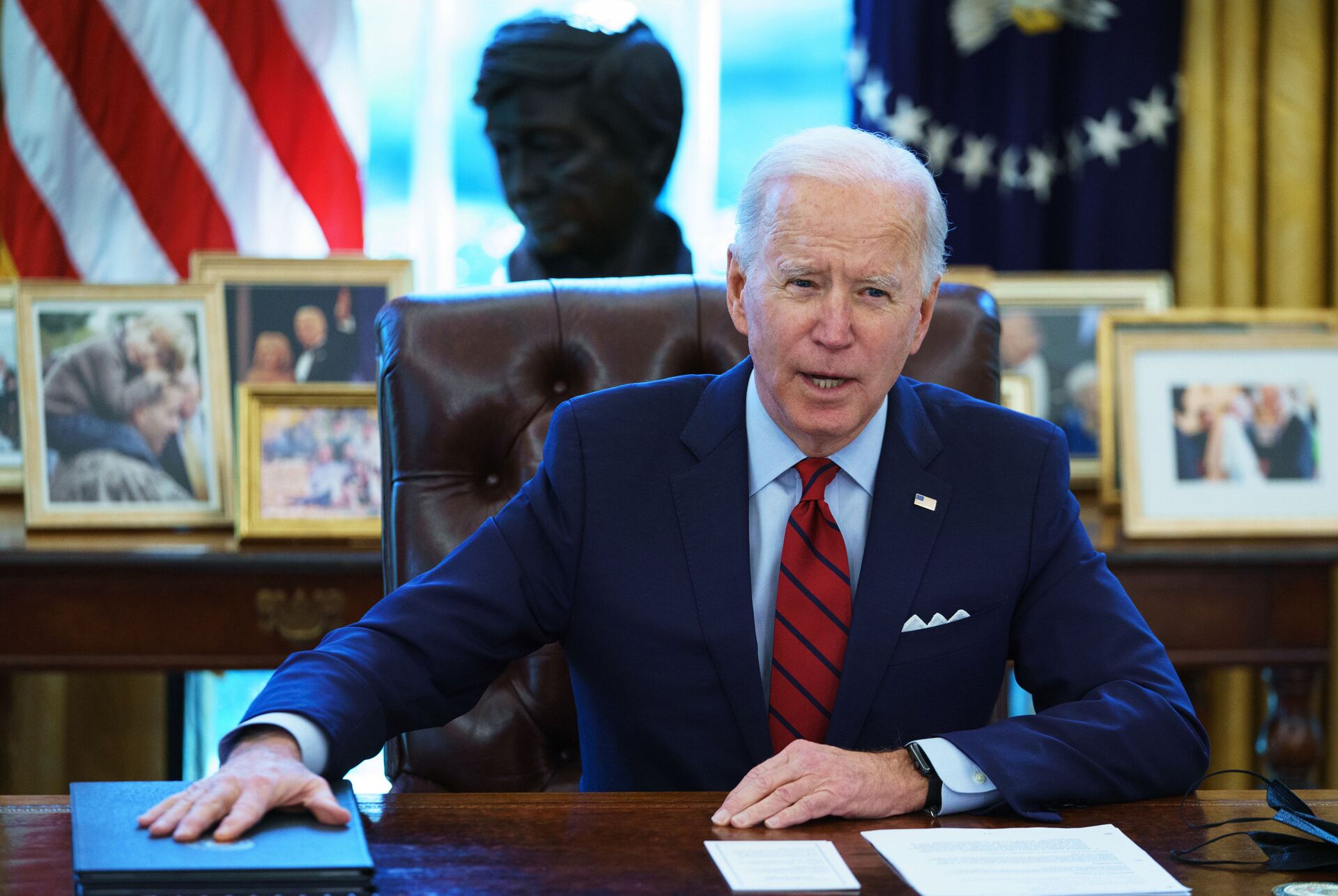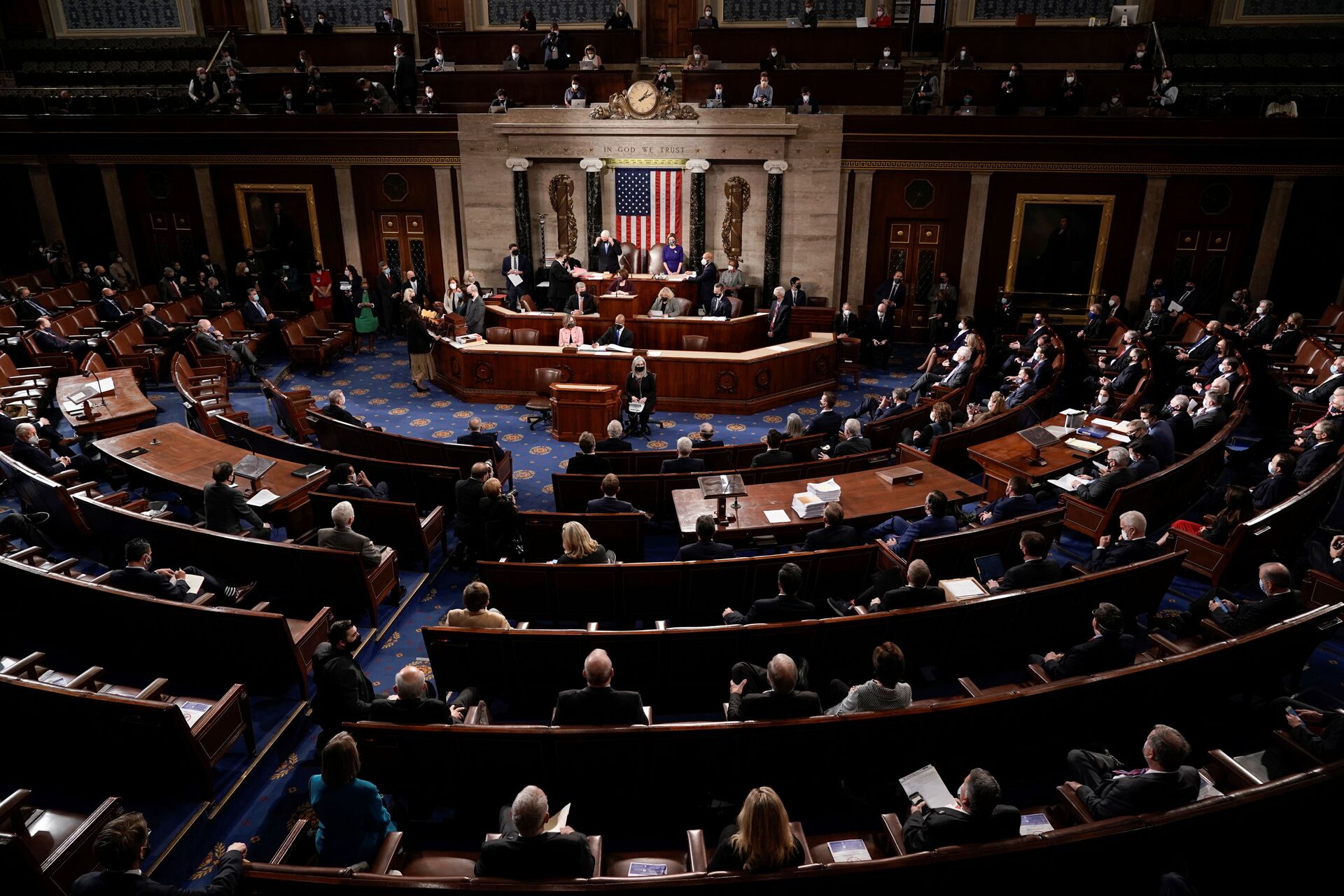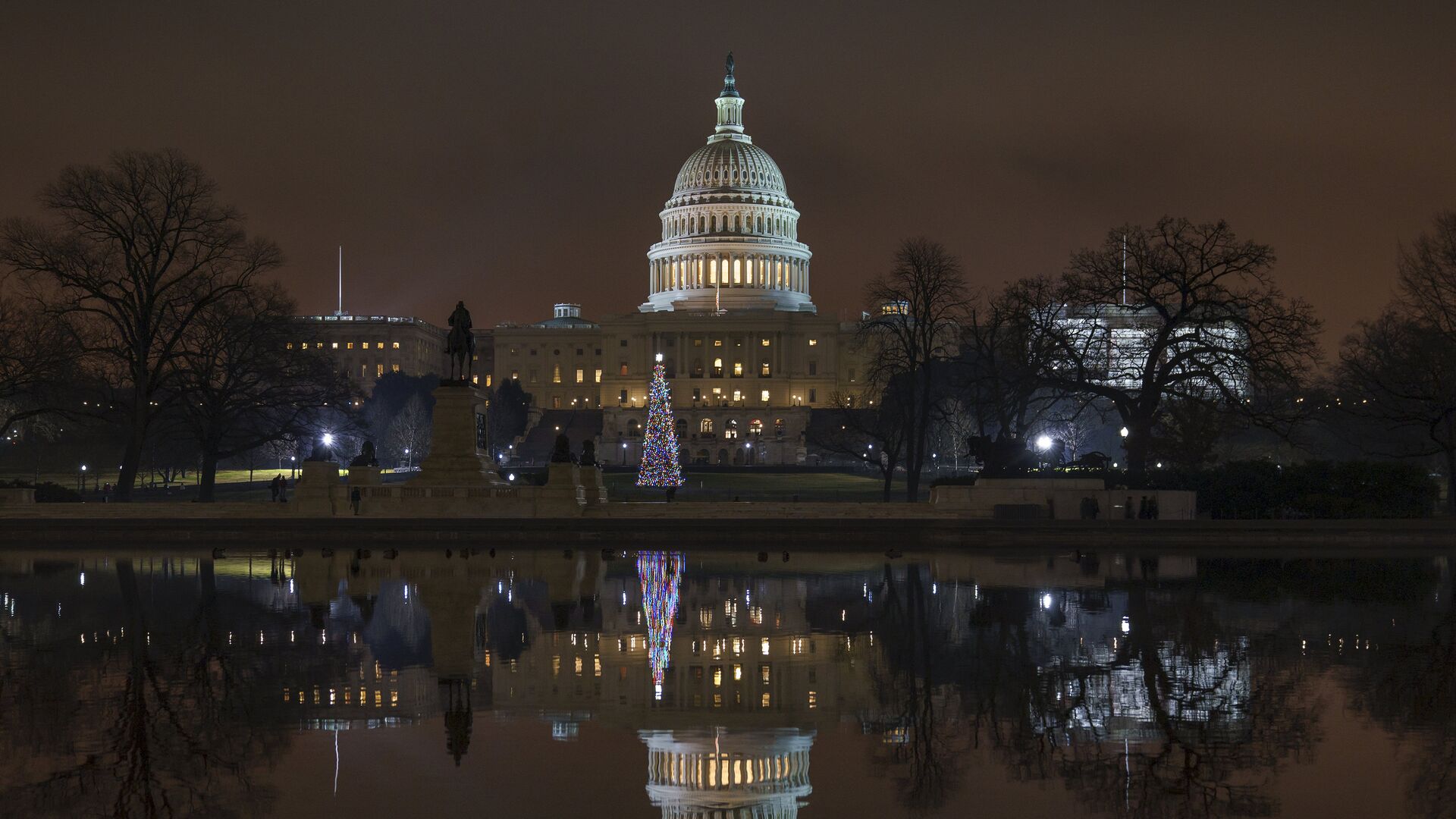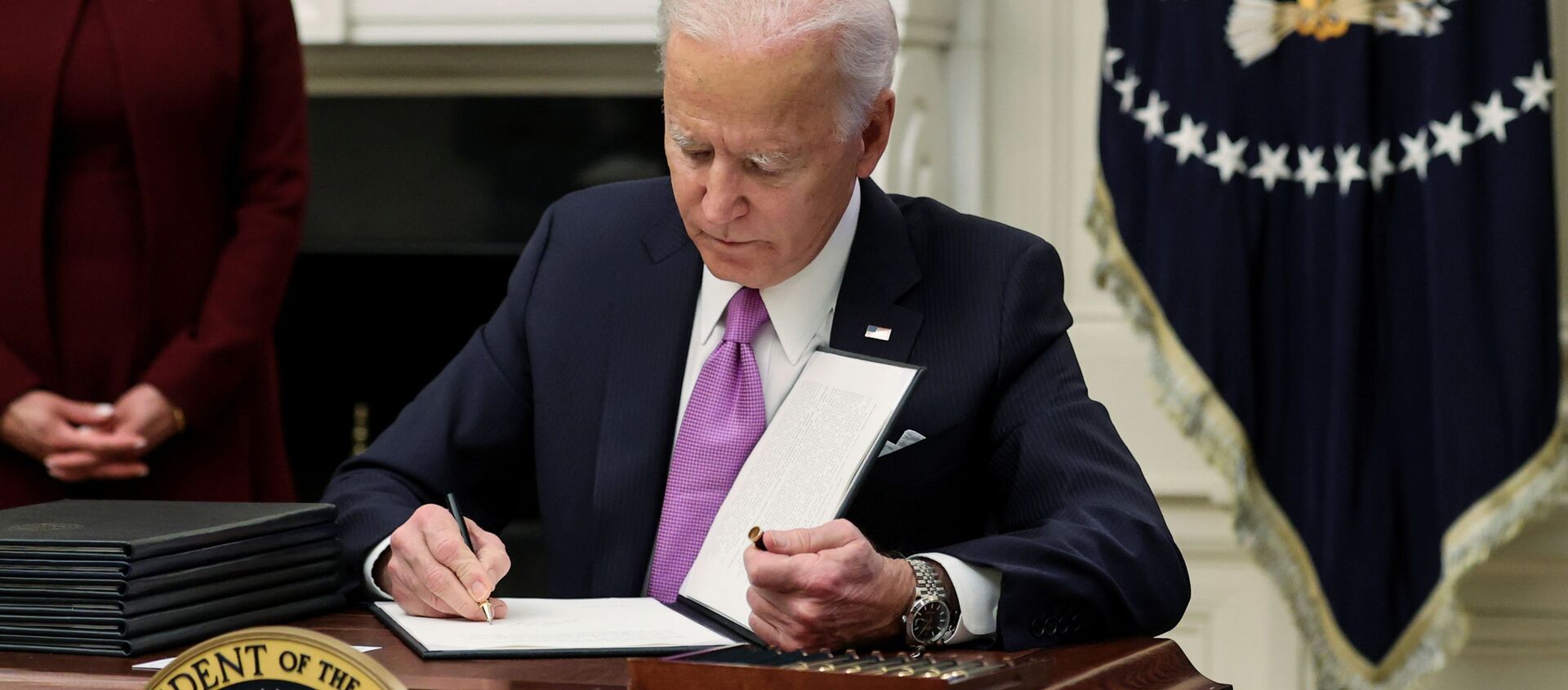US Senate Democrats are voting on a series of non-binding amendments made by the Republicans to a budget resolution in a marathon session, widely known as "vote-a-rama".
The second vote comes a day after the House approved the resolution in a move that may allow Congress to pass a hefty COVID-19 relief bill without Republican support.
So what is the vote-a-rama all about?
What's the Goal?
The term "vote-a-rama" pertains to a period that allows Republican lawmakers to introduce amendments to the budget resolution, seen as the first step of the process to draft President Joe Biden's coronavirus stimulus plan worth $1.9 trillion.

Senators are allowed to offer up an unlimited number of changes, which means that the votes on those changes will stretch late into Thursday night and possibly into Friday morning. The process will only stop when Senate leaders agree to wrap it up.
Does Vote-a-Rama Differ From Regular Senate Votes?
A typical Senate vote stipulates that senators have about 15 minutes to get to the floor to say "yea" or "nay" to a proposal. A vote-a-rama, however, envisages that this timeframe is restricted to 10 minutes, while each side then gets 30 seconds to talk about the amendment and then start voting.
How Does the Process Take Place?
During a vote-a-rama, a lawmaker introduces an amendment, which is sometimes just written on a piece of paper.
This is followed by a minute of debate equally divided by each side, and 10 minutes to vote.

Senate members are typically required to stay in or close by the chamber for the entire marathon event.
Putting Senators 'on the Record'
Republican Senate Minority Leader Mitch McConnell said that they are "going to put senators on the record" and to see "what this resolution looks like on the other side — and what signals Democrats send to the American people along the way".

"If we're to debate this phony partisan budget, we will create some clarity for the American people", he added.
The remarks came as the Republicans said they plan to offer amendments to the budget resolution to prohibit COVID-19 funds for schools that don't reopen after its teachers are vaccinated, as well as to bar stimulus checks to illegal immigrants and relieve mobile and remote pandemic workers of extra tax bills.
'Nightmare of Epic Proportions'
Former Senate Budget Committee staffer Zach Moller was cited by the website marketwatch.com as saying that vote-a-rama is "the punishment that the minority party gets to inflict on the majority party for using the streamlined processes set up in the budget process and reconciliation".
He was echoed by Jim Manley, a former spokesman for ex-Senate Majority Leader Harry Reid, who described vote-a-rama as "a total and unequivocal nightmare of epic proportions".
"For those working in the Capitol it is an extraordinarily stressful time. Normally cheerful individuals become snarling animals as more and more votes are taken", Manley argued.
Democratic Senator Brian Schatz, in turn, claimed that vote-a-rama is "not about a goofy 10-hour or 12-hour or 15-hour process where we stack amendments and try to set each other up, that we'll somehow trick someone into taking a bad position that can be turned into a campaign advertisement".
According to him, "it is nonsense, and everybody should ignore it if they can. Do anything to not watch vote-a-rama".
The relief package may be passed via a simple majority instead of the Senate's traditional 60-vote threshold if the reconciliation procedure passes.
House Budget Committee Chair John Yarmuth said in a statement following the Wednesday vote that Congress should continue to move forward with the coronavirus aid bill.




